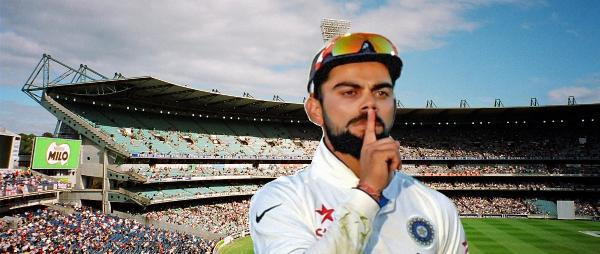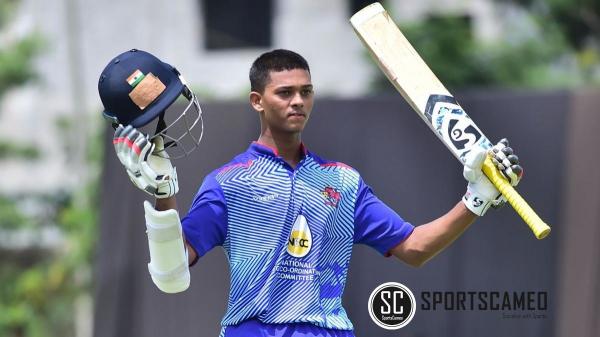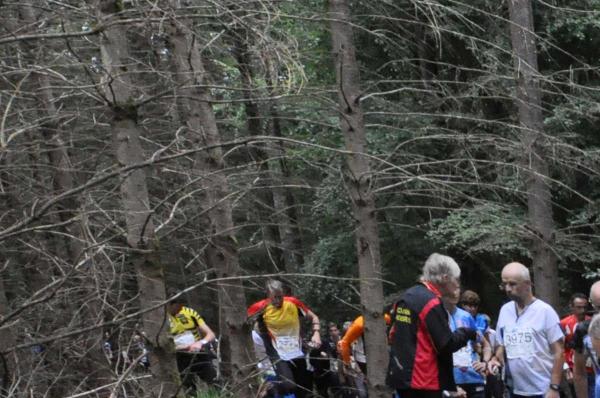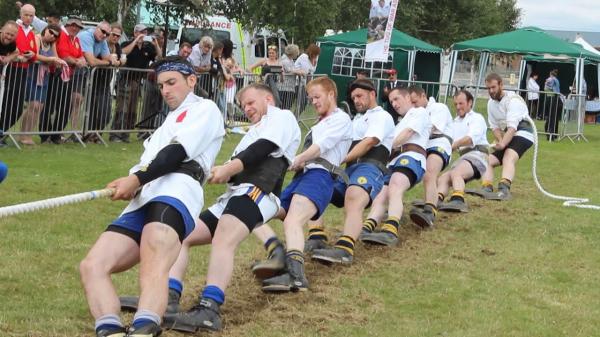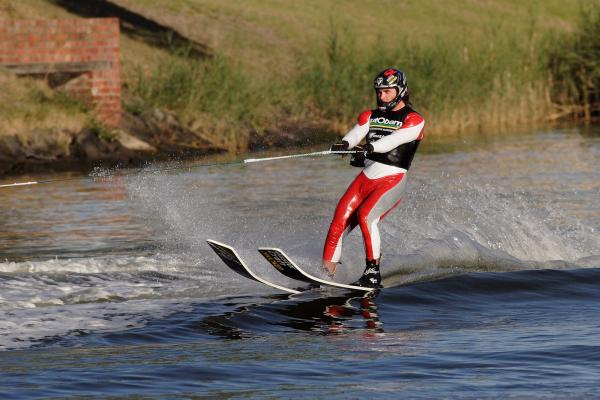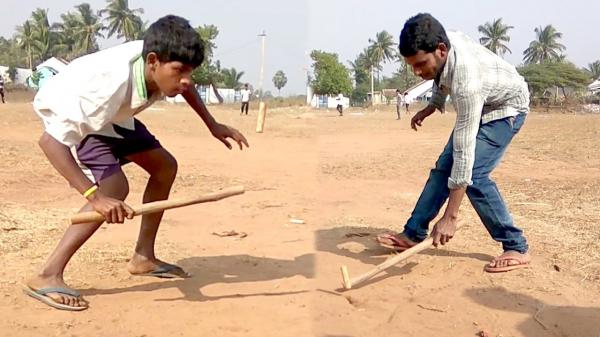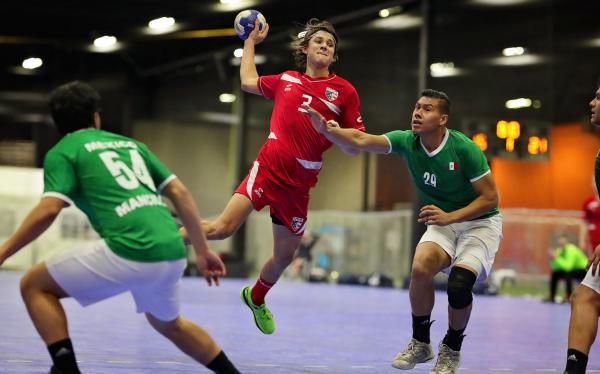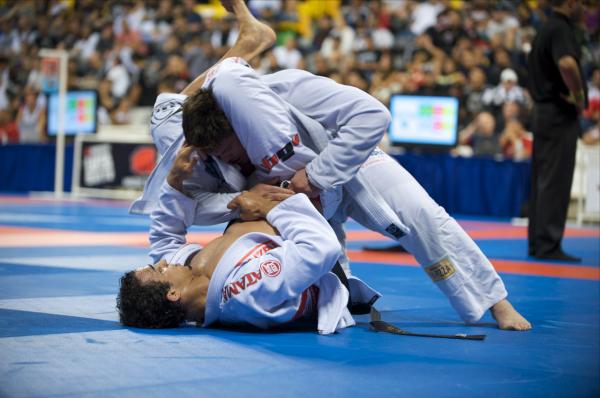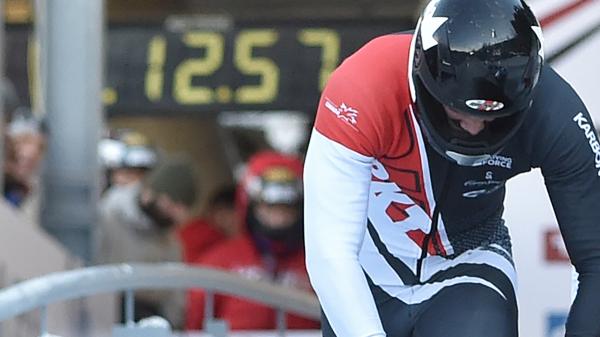Chilean Rodeo
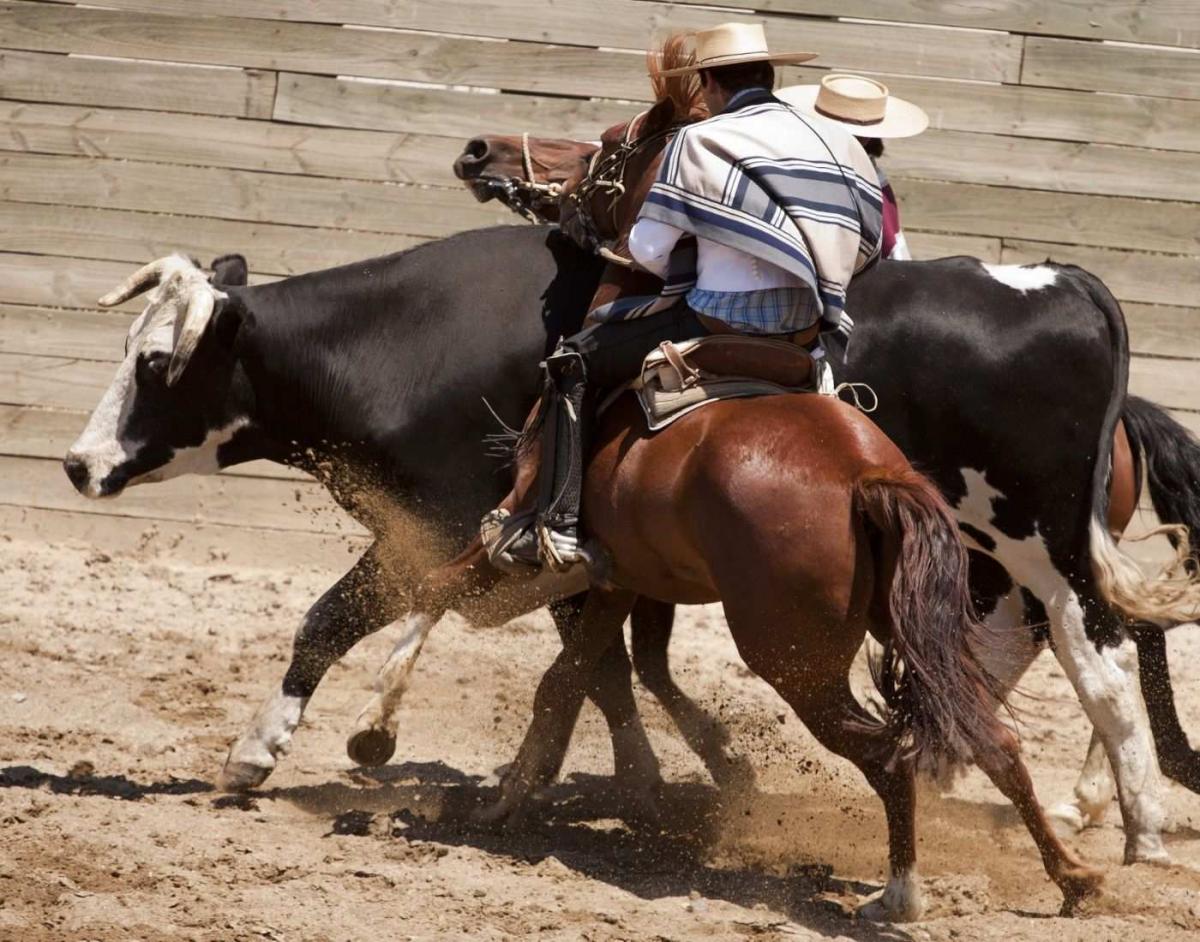
Rodeo is a traditional sport in Chile. It was declared the national sport in 1962. It has since thrived, especially in the more rural areas of the country. Chilean rodeo is different from the rodeo found in North America. In Chilean rodeo, a team (called a collera) consisting of two riders (called Huasos) and two horses ride laps around an arena trying to stop a calf, pinning it against large cushions. Points are earned for every time the steer is properly driven around the corral, with deductions for faults. Rodeos are conducted in a crescent-shaped corral called a medialuna. The sport, in its modern form, is strictly regulated. Chilean Horses are used exclusively and riders are required to wear traditional huaso garb. Rancagua hosts the annual Campeonato Nacional de Rodeo, the nationwide rodeo championship. The greatest rider in the sport's history is considered Ramón Cardemil, who obtained the national title seven times; the last champions were Juan Carlos Loaiza and Eduardo Tamayo. Riders practice in the countryside throughout Chile,[citation needed] but is most popular in the central zone. Even so, huasos have been known to travel hundreds of miles to compete in competitions. The sport has become so popular that in 2004, more spectators attended rodeo events than professional football matches.
